The Unsung Heroes of Climbing: A Guide to Carabiners
Carabiners are the backbone of climbing safety, serving as the essential link between a climber, their gear, and the rock. Though small, these metal loops with spring-loaded gates play a massive role in securing protection, setting anchors, and facilitating efficient rope management. Understanding the different types of carabiners and their specific functions can help climbers choose the right gear for their needs.
At the Boulder Planet Showroom, we offer a carefully curated selection of carabiners to suit various climbing styles and preferences. Whether you're a sport climber looking for lightweight quickdraws or a trad climber in need of reliable locking carabiners, our range has something for everyone.
Types of Climbing Carabiners
Carabiners come in various designs, each tailored for specific uses. Here’s a breakdown of the most common types:
- Non-locking Carabiners: These carabiners have a simple gate mechanism that allows quick clipping and unclipping. They are commonly used for attaching gear, connecting quickdraws, and racking protection on a harness.
- Locking Carabiners: Equipped with a mechanism to prevent accidental gate opening, locking carabiners add an extra layer of security. They are commonly used in belay systems, anchors, and other critical connections. Locking mechanisms vary, with options like screw-lock, twist-lock, and auto-lock systems.

Like Wild Country's Wildsport Quickdraws, most quickdraws feature non-locking carabiners for ease of clipping.
Carabiner Shapes
Carabiners also come in different shapes, which influence their functionality and strength distribution:
- HMS (Pear-shaped) Carabiners: Designed for belaying and rappelling, HMS carabiners have a wide top that accommodates knots and belay devices.
- D-shaped Carabiners: Their asymmetrical design directs the load toward the spine, the strongest part of the carabiner. These are ideal for general climbing applications.
- Oval Carabiners: With a symmetrical shape, these carabiners distribute force evenly and are often used for aid climbing and managing pulleys.

Petzl's AM'D Ball-Lock Carabiner comes in a D-shape and features a ball-lock for automatic locking.
Choosing the Right Carabiner
Selecting a carabiner involves considering key factors that influence its performance and suitability for a specific climbing style:
- Weight: Lightweight carabiners reduce overall gear weight but may have trade-offs in durability or gate strength.
- Strength Ratings: Carabiners are rated for strength in kilonewtons (kN). Higher ratings indicate greater load-bearing capacity.
- Gate Type: Wire gates are lighter and resist freezing in alpine conditions, while solid gates may be more durable and offer a firmer grip.
- Size and Shape: The shape affects handling and usage. HMS carabiners are preferred for belaying, whereas compact D-shaped carabiners are more versatile for general use.
At Boulder Planet Showroom, our team is dedicated to helping you find the perfect carabiner for your climbing needs. Whether you need a versatile carabiner for general use or a specialized one for a specific purpose, visit us and let our experts guide you to the best choice.
Conclusion
Carabiners may be small, but their impact on climbing safety is immense. By understanding the different types, features, and applications, climbers can make informed choices that enhance their efficiency and security on the rock. Whether setting up an anchor, clipping protection, or belaying a partner, the right carabiner can make all the difference.
Visit the Boulder Planet Showroom to explore our range of carabiners and get hands-on experience with the best options available. Choose wisely, and climb with confidence!

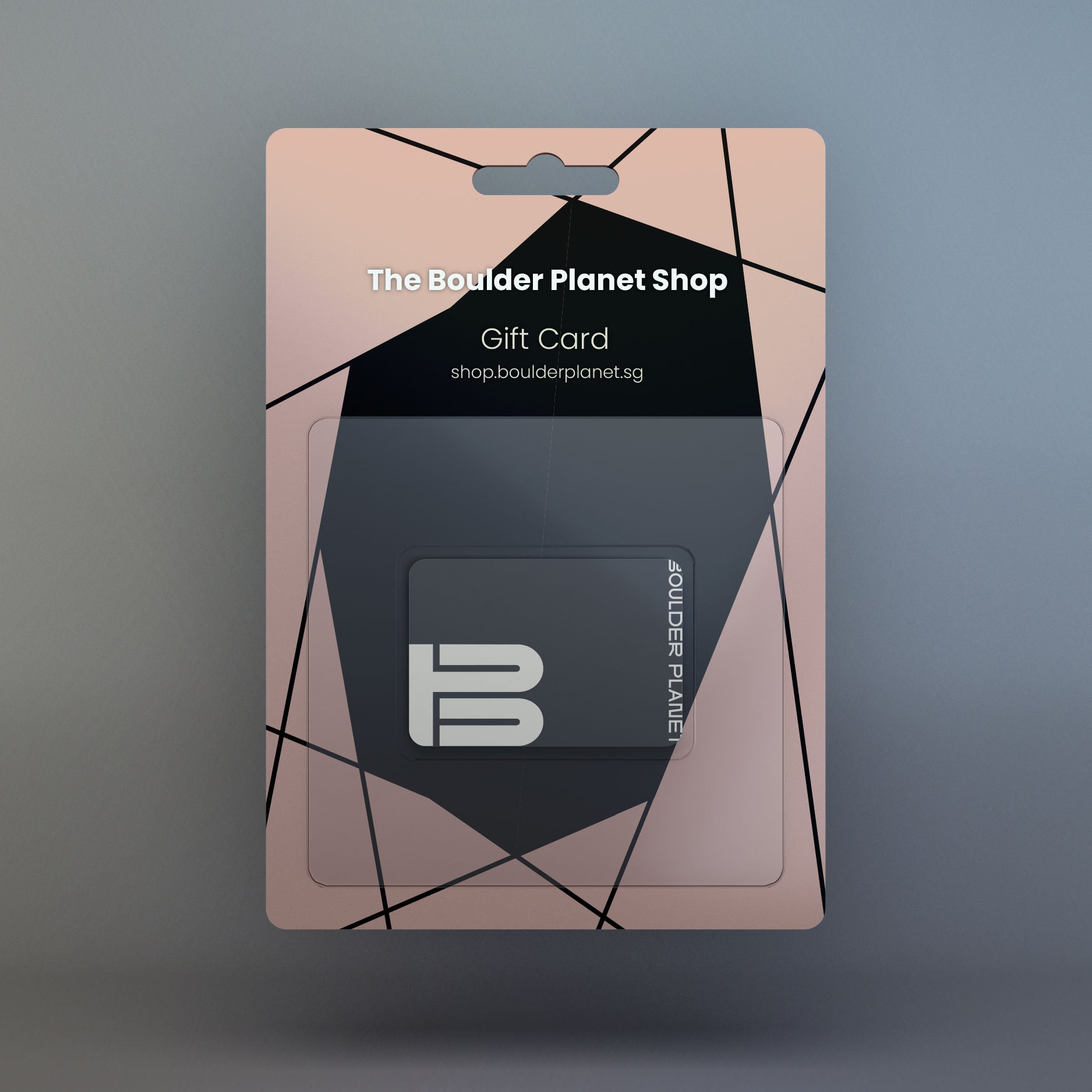

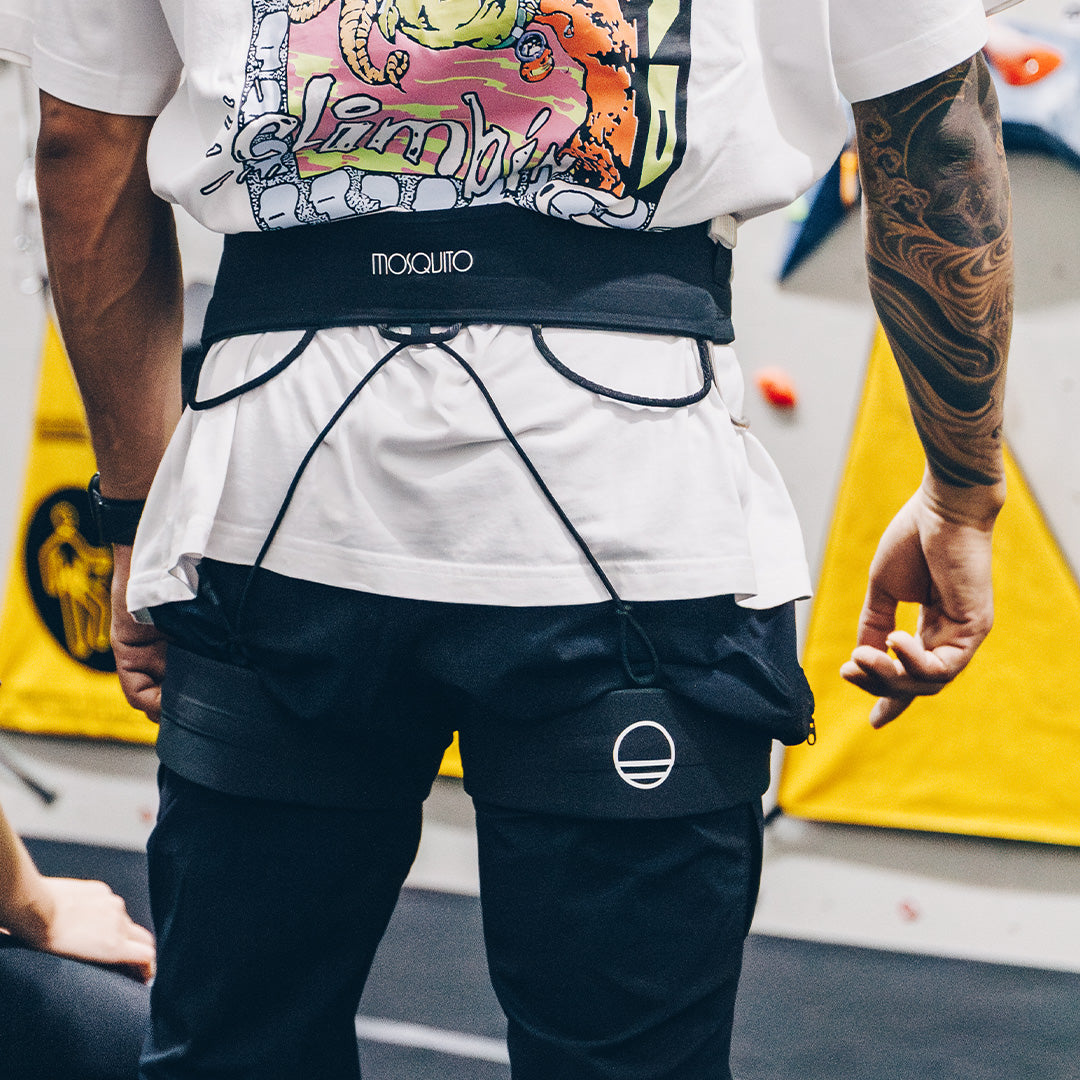


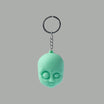
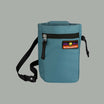

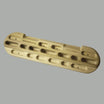

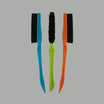
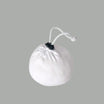
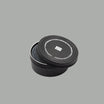
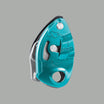
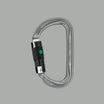
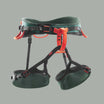
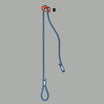
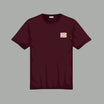
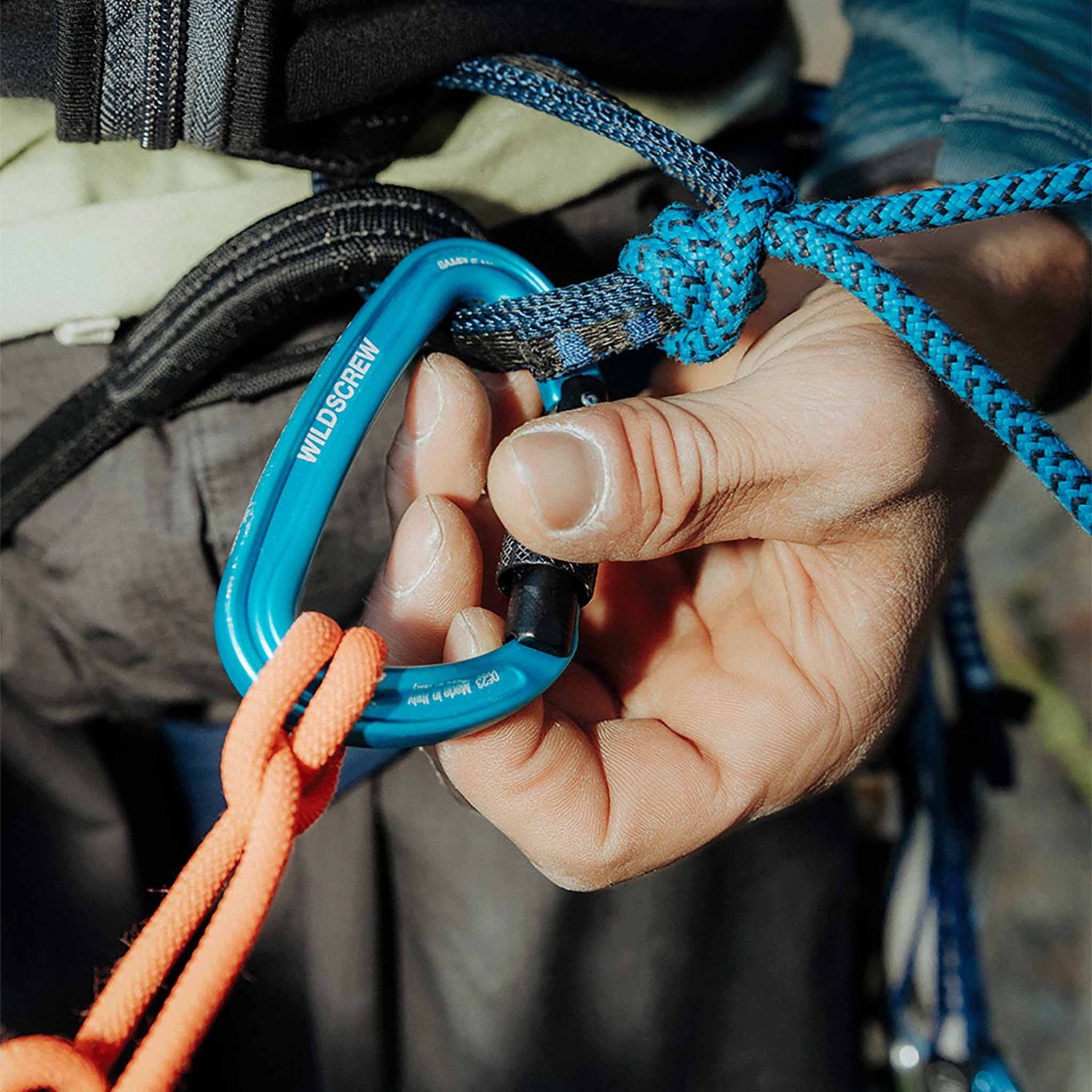
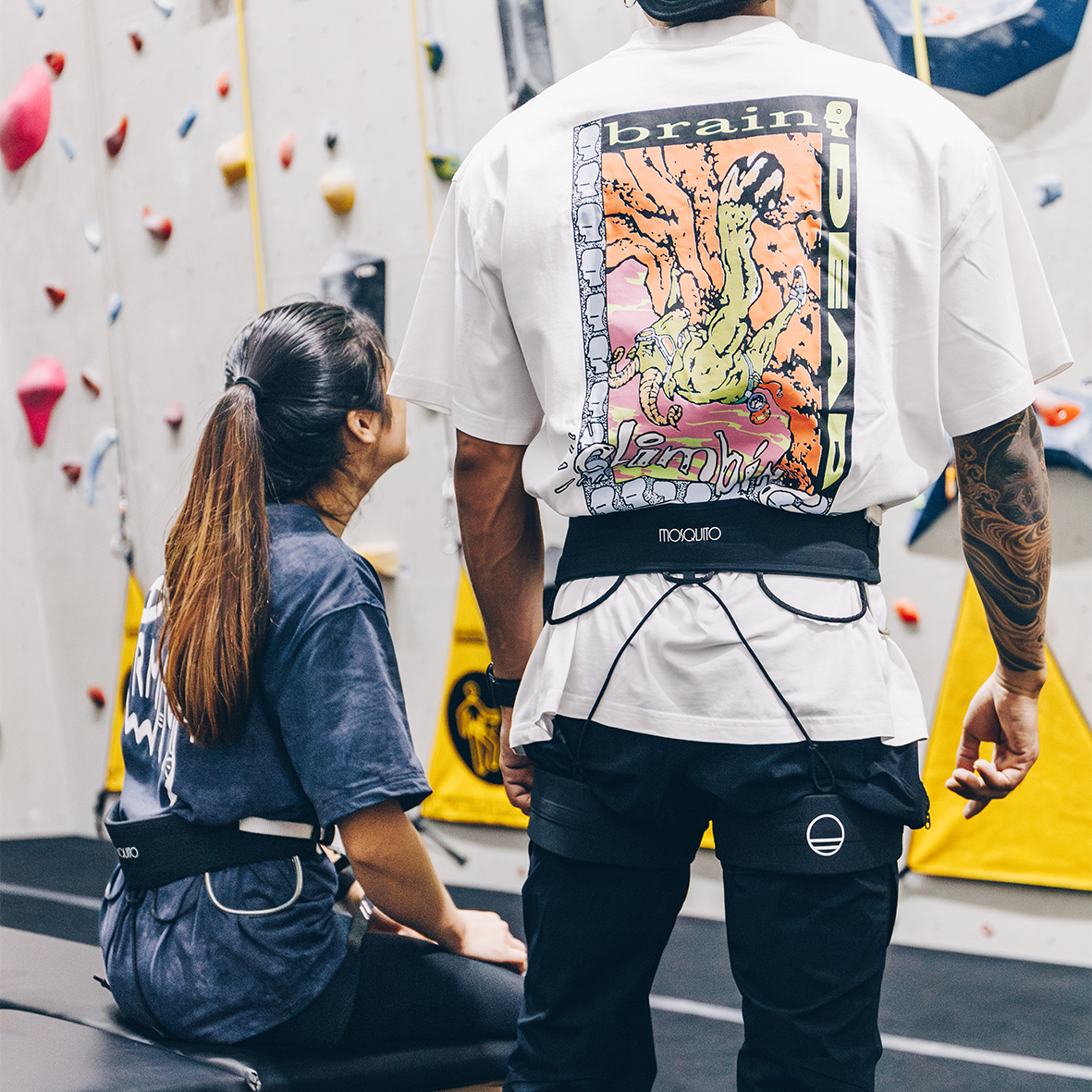
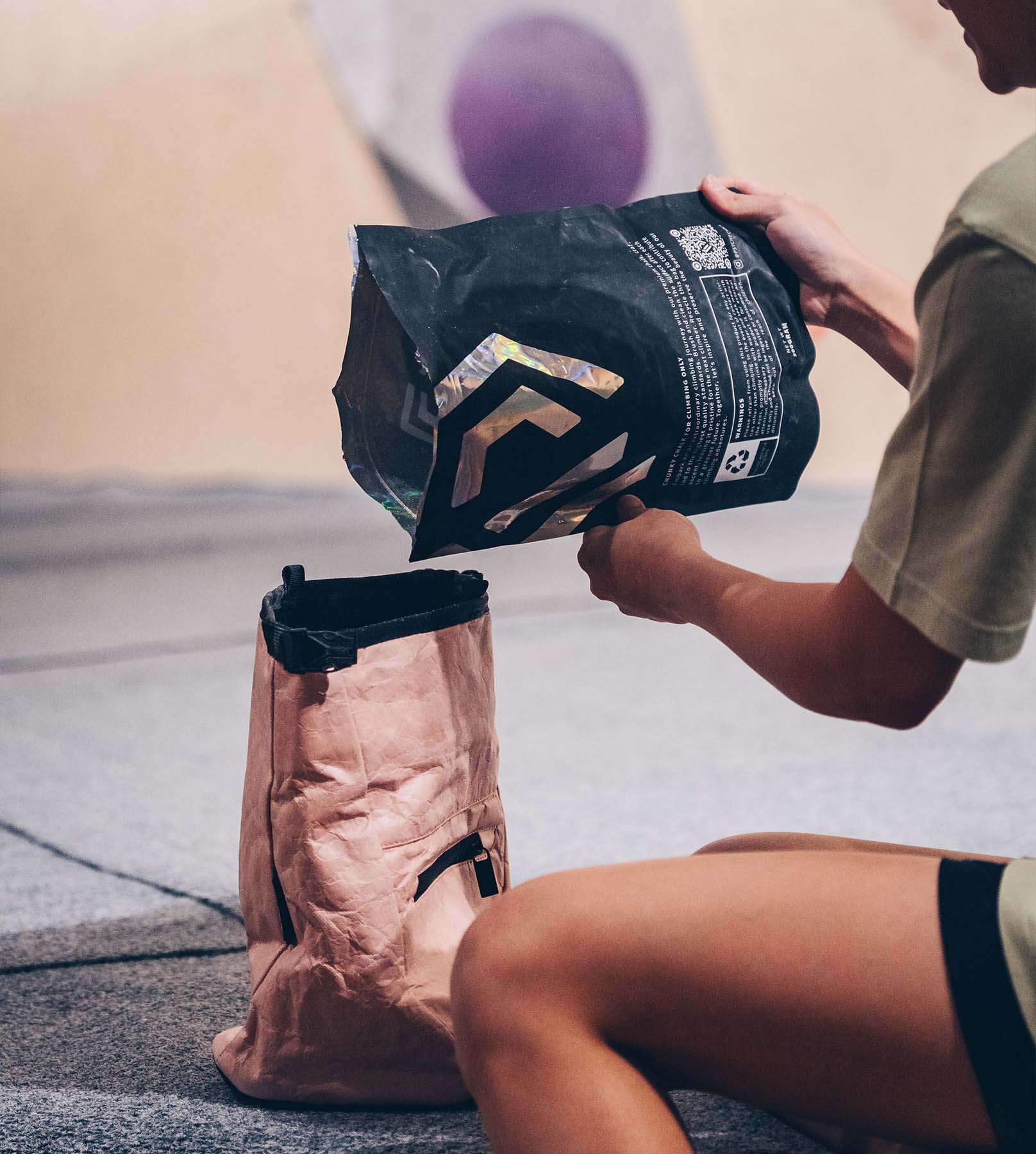
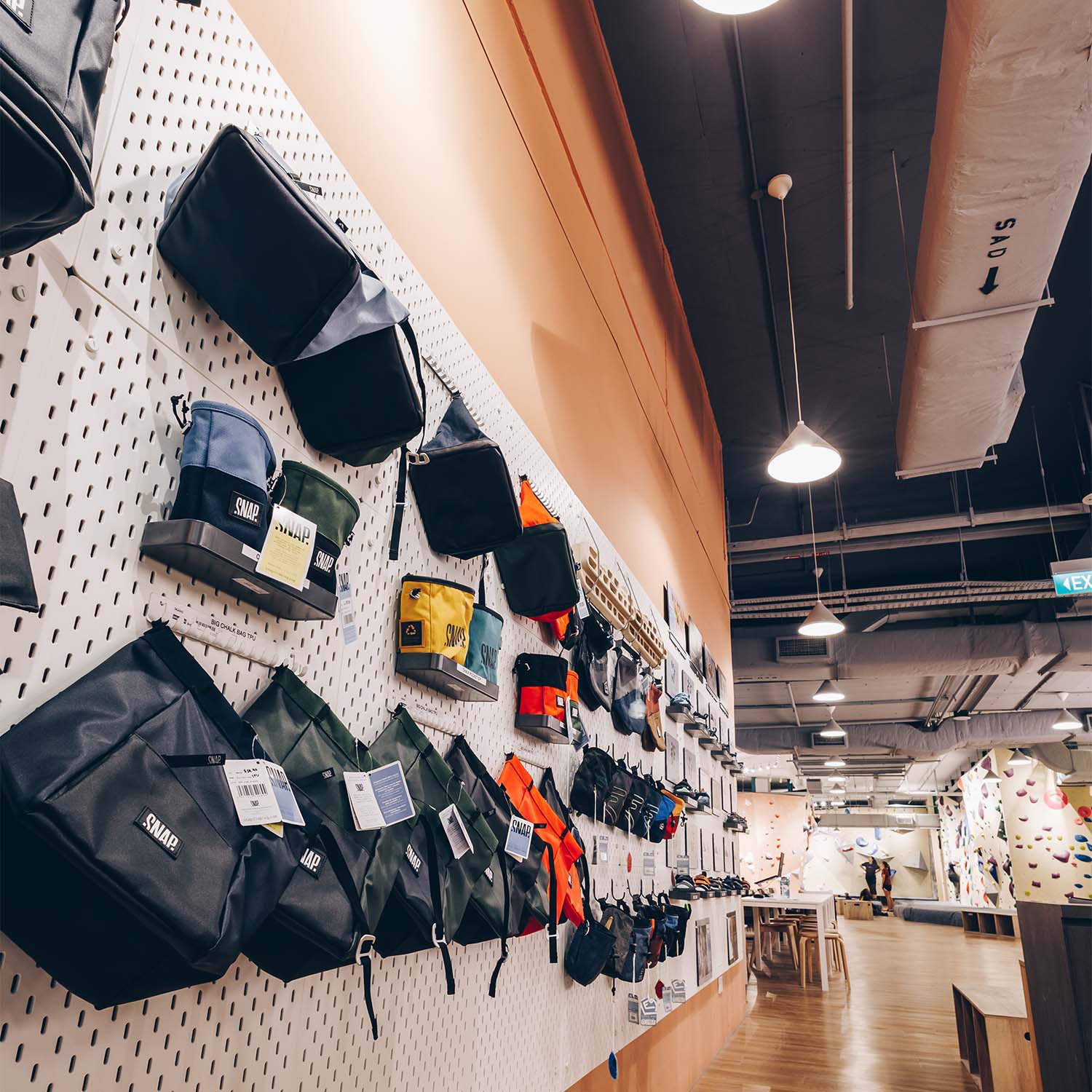

Leave a comment
This site is protected by hCaptcha and the hCaptcha Privacy Policy and Terms of Service apply.